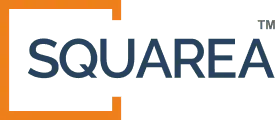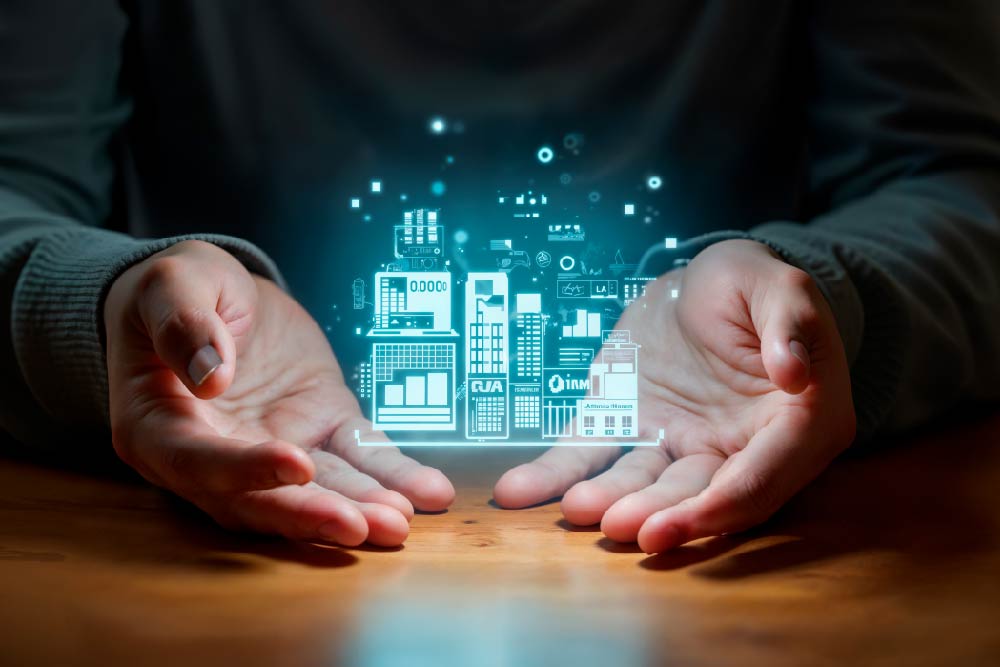
Once known as a quiet neighborhood on the outskirts of Pune, Kharadi has emerged as the epicentre of East Pune’s commercial real estate market. With seamless connectivity, Grade-A office space in Kharadi, and institutional-grade developments, Kharadi now plays a pivotal role in driving Kharadi commercial real estate 2025 momentum.
This transformation is underpinned by robust market performance. According to Cushman & Wakefield’s Q1 2025 Office Market Report, Pune recorded a historic leasing high of 3.5 million sq. ft, led predominantly by the East Secondary Business District. This is a top commercial hub in Pune that includes Kharadi. SBD East accounted for the highest net absorption in the city at 1.1 million sq. ft, propelled by high ticket-size deals, particularly from BFSI and flexible workspace operators. This activity was anchored in Grade-A commercial spaces, top-tier office assets that offer best-in-class specifications, efficient layouts, and global-standard amenities.
What’s fuelling this momentum is a convergence of many key factors. Let’s take a closer look at the reasons why Kharadi commercial real estate 2025 is leading the charge as Pune’s most promising commercial investment destination.
1. Seamless Connectivity to Key Economic Zones
Kharadi’s location offers unmatched access to Pune’s key commercial corridors. It sits in proximity to established hubs such as:
- Magarpatta City
- World Trade Centre
- EON IT Park
- Kalyani Nagar and Koregaon Park
This connectivity allows businesses in Kharadi to tap into an existing ecosystem of IT majors, financial institutions, and global corporates, making it a magnet for high-value office leasing in Kharadi.
2. Metro Line 2 Extension: A Game Changer for Commute Efficiency
The upcoming extension of Pune Metro Line 2 will connect Kharadi to Bund Garden, Kalyani Nagar, and Ramwadi, reducing travel times across key zones. Once operational, it will directly benefit daily commuters and corporates, while also enhancing the investment viability of adjacent commercial assets.
Areas along operational and upcoming metro corridors will typically witness a price appreciation, as improved access leads to stronger demand from occupiers and businesses (MagicBricks).
3. Pune Ring Road Project: Boosting Inter-City Mobility
Another significant boost to Kharadi’s profile is the Pune Ring Road project, designed to improve city-wide connectivity and reduce congestion across high-traffic zones. It will directly link Kharadi to key growth centres, including Shivajinagar, Hadapsar, Hinjewadi, and Baner.
Estimates suggest that commercial properties in areas connected by new ring roads and bypasses could see capital appreciation of 15–20% by 2025.
Estimates suggest that commercial properties in areas connected by new ring roads and bypasses could see capital appreciation of 15–20% by 2025.
4. Proximity to Pune International Airport
Kharadi’s location offers a critical edge—direct access to Pune International Airport, situated approximately 8.5 kilometres away. This makes it exceptionally well-suited for corporates with frequent air travel needs and companies dealing with international clientele. The convenience factor alone has been a key driver for multinational firms choosing Grade-A office space in Kharadi for regional headquarters or operational centres.
5. Grade-A Commercial Supply with Modern Amenities
Kharadi is home to some of Pune’s premium business parks – office properties that adhere to global standards in design, safety, sustainability, and tenant experience. These include:
- World Trade Center
- EON Free Zone
- Gera Commerzone
These developments offer features like LEED-certified design, smart infrastructure, flexible floorplates, and modern green amenities, making them highly attractive for blue-chip tenants and institutional investors.
6. Strong Tenant Demand from IT and Allied Sectors
Kharadi has become a nucleus for technology, finance, and consulting firms, creating consistent demand for both office and co-working spaces. With high occupancy levels in most Grade-A developments, office leasing in Kharadi has remained robust even during broader market slowdowns.
This growth is part of a broader upswing in the city’s commercial development. Pune’s new Grade-A office supply witnessed a 53% quarter-on-quarter and over 90% year-on-year increase. SBD East, which includes Kharadi and the CBD together, absorbed this entire new supply.
Despite the scale of additions, a healthy pipeline of 10–11 million sq. ft in upcoming supply is expected through 2025–26 (Cushman & Wakefield).
7. Upcoming Hospitality and Mixed-Use Ecosystem
Beyond office infrastructure, Kharadi is witnessing the emergence of mixed-use ecosystems with luxury hotels, branded residences, retail complexes, and serviced apartments. The presence of these upscale options makes it a compelling proposition for both domestic and NRI investors.
8. Future-Ready Planning
Developers in Kharadi are now embracing future-forward planning, including:
- Net-zero commercial buildings
- Green-certified campuses
- EV-ready infrastructure
This aligns closely with the increasing emphasis on Environmental, Social, and Governance (ESG) standards, which are now a key lens through which institutional investors evaluate Kharadi commercial real estate 2025.
With Kharadi’s projects increasingly meeting these global benchmarks, the submarket is fast becoming a natural choice for long-term, impact-driven capital. In every sense, Kharadi’s commercial landscape isn’t just evolving, it is being intentionally designed for the next generation of businesses and investors.
At SQUAREA, we specialise in helping investors navigate the evolving landscape of Pune commercial real estate. Our deep market intelligence ensures that you stay ahead of the curve. If you’re looking to build a resilient, high-performing commercial portfolio in one of Pune’s top commercial hubs, like Kharadi, our advisory team is here to guide you at every step.
For tailored investment opportunities, write to us at hello@squarea.io or call us at +91 90 9641 9641. Let’s build your commercial portfolio, the future-ready way!




